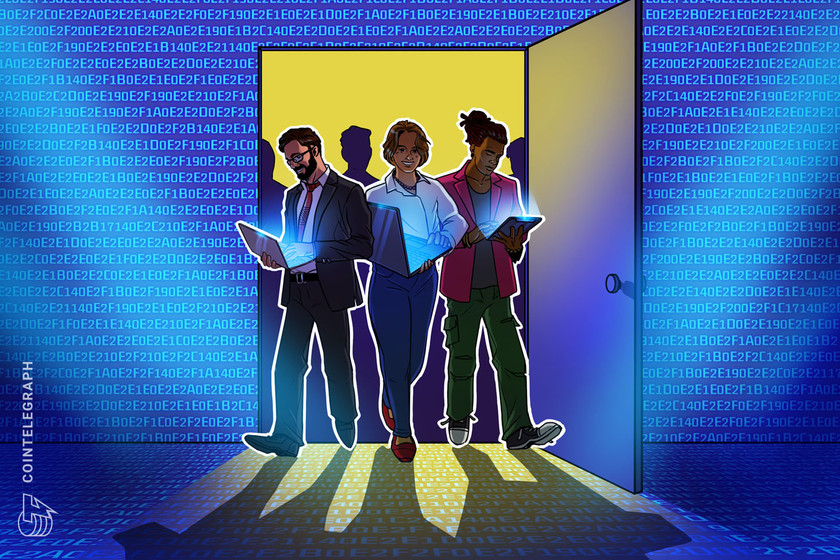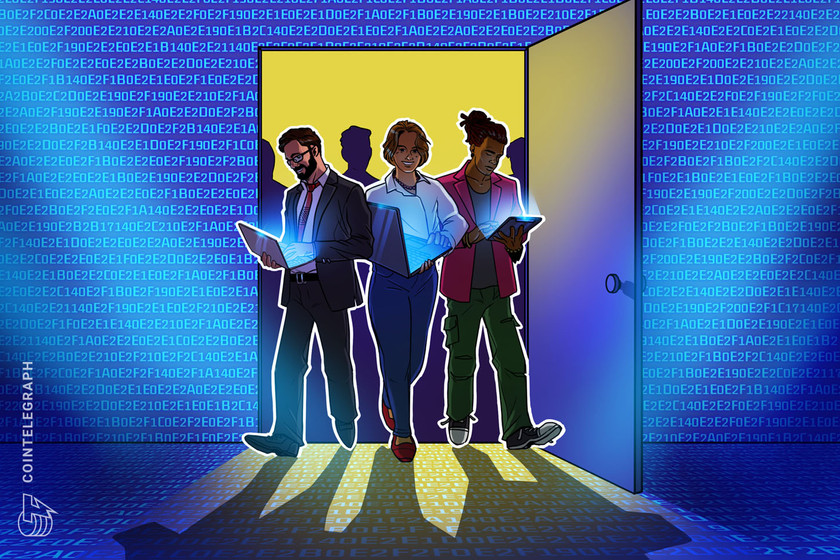Polygonscan went down, causing unwarranted concern of blockchain outage


Data from PolygonScan showed that the blockchain had not produced any new blocks or processed transactions for some time, leading some to believe it was suffering an outage.
Update: The article was updated at 11:45pm UTC on Feb. 22 to reflect that the blockchain explorer Polygonscan was not updating correctly. Polygon has continued to produce blocks, according to OKLINK.
An outage at network explorer Polygonscan led to unfounded speculation that the Polygon blockchain was temporarily down for the count.
Rumors surfaced on Feb. 22 that layer-2 scaling solution Polygon may have been suffering an outage after data from PolygonScan purportedly showed the blockchain had not processed a block in over an hour and a half.
The team at Polygon has since clarified that the issue came from “a few nodes” falling out of sync and that blockchain production has not stopped.
Polygonscan is having some issues. Meanwhile, you can use this – https://t.co/Qer2ESsJoO
— Jaynti Kanani (JD) (@jdkanani) February 22, 2023
“About 8:26 UTC, a few nodes went out of sync. This caused a reaction where some nodes could not validate blocks for a very brief period of time,” a Polygon spokesperson told Cointelegraph.
“Block production never stopped – However, there could have been a degradation in network performance temporarily. These nodes have resynced and systems are back to normal.”
The spokesperson said the team was also aware that Polygonscan is down, but alternative explorers can be used.
“We are working with Polygonscan to bring them back up,” said the spokesperson.
Speculation of a possible outage first emerged on Feb. 22, with some pointing to an apparent halt in block production based on data from Polyscan — which showed the blockchain’s last block and transaction was processed at around 8:35 pm UTC on Feb. 22.
The network has previously suffered network outages, with the last occurring on March 11, 2022, due to maintenance required on one of the network’s three layers.
Polygon Labs, the crypto firm behind the Polygon blockchain, announced on Feb. 21 that it was letting go 20% of its workforce, or approximately 100 positions.






